Would you like to boost your marketing strategy with different content formats?
Content marketing is vital for attracting an audience and winning leads and sales. As more businesses understand its importance, they are putting more resources into different types of content marketing.
As part of the Content Marketing Institute’s (CMI) projections for 2024, they surveyed nearly 900 B2B marketers. Here are a few of their findings on the success of content marketing over the last 12 months:
- 84% of marketers said that content marketing created more brand awareness
- 74% said it helped generate more leads and higher demand
- 63% said it nurtured subscribers, audiences, and leads
- 58% said that content marketing directly generated sales and revenue (up from 42% the previous year)
This data paints a clear picture: Investment in your content formats is an investment in the success of your business.
If you’re a busy business owner or an overwhelmed marketer, you want to be sure that the content you create will deliver real results.
That’s why we’ve put together this list of the 14 most engaging content formats to help you get better ROI from your content strategy.
We’ll tell you why each type of content marketing is effective and suggest ways to get started with creating new content.
You probably can’t start off using all 14 content formats, but this list will help you determine the best formats for your business. As you refine your content marketing strategy, you’ll win your audience’s attention and boost your leads, sales, and conversion rates.
Let’s get started!
Benefits (and Challenges) of Content Marketing
Before we get into the types of content formats, let’s look at why content marketing is such an essential marketing tool.
First, let’s look at how much time the average person spends online:
This bar graph from Insider Intelligence shows that the average American adult spent 7 hours and 34 minutes consuming digital media in 2023. And by 2025, that number is expected to increase to just under 8 hours.
At the same time, the use of traditional media, such as linear TV and newspapers, is steadily decreasing.
What does that mean for you?
With adults spending half their waking hours online, you can’t afford to ignore digital content formats in your marketing strategy.
Content is also one of the top 5 SEO search ranking factors. Get your content right, and people won’t just see your site in search results. They’ll actually visit your site and stick around to browse more of your content. And eventually, they’ll likely become customers.
Plus, high-quality content marketing can help you build trust and authority. Good content shows your expertise and gives visitors and customers helpful information.
Challenges of Content Marketing
Of course, there are also specific challenges to content marketing.
CMI’s 2023 content marketing study revealed that marketers struggle with measuring the success of their content. Their top challenges included:
- Integrating data across multiple platforms (48%)
- Tying performance data back to specific business goals (43%)
- Analyzing the data to provide insights (42%)
Statistics on Content Marketing ROI
Despite these struggles, many businesses have figured out how to measure their content marketing ROI. And they’re seeing huge success.
Here’s the proof:
- Content marketing costs 62% less than traditional marketing and produces 3x the leads per dollar spent, according to this infographic from Demand Metric, a marketing advisory firm.
- The content marketing industry is currently worth $400 billion. And it’s expected to grow to nearly $900 billion by 2028. Businesses wouldn’t be investing this much in digital content formats if they weren’t seeing excellent results.
- According to Semrush’s 2023 global report on content marketing, 69% of businesses were planning to increase their content marketing budget.
What’s the takeaway here? Businesses are doubling down on their content marketing efforts because they’re seeing big success.
14 Content Formats Your Business Should Explore
More and more businesses are discovering that digital content is integral to their success.
But here’s the thing: no single type of content marketing will appeal to every visitor. Factors such as age demographics, learning styles, and personal preferences all affect a person’s preferred format.
That’s why it makes sense to vary your content. The content formats listed below will help you get started. We’ve included a table of contents so you can jump to the one you want to try first.
- Blog Posts
- Long Form Articles
- Original Research
- Video
- Infographics
- Images
- Case Studies
- White Papers, Reports, and Ebooks
- Presentations
- Webinars
- Quizzes and Polls
- Podcasts
- Checklists
- Email Newsletters
1. Blog Posts
Let’s start with blog posts. After all, that’s what you’re reading right now. Blogs are also what many people think of first when they think about content creation.
Blog posts can be relatively easy to produce, especially if they’re not too long and don’t contain a lot of images.
You don’t need to buy special equipment or conduct in-depth studies to write engaging posts. You just need a good writer who knows how to conduct SEO keyword research.
And the potential benefits are worth it.
Done right, blog posts can help you:
- Share authoritative content in your niche.
- Get more citations from other trusted sources, leading to better search ranking and more organic traffic.
- Build a library of blog content that you can later adapt into other content formats, such as videos or podcasts.
You can also use guest blogging to build up your inbound link profile.
Blogging covers many types of articles. These include how-tos, reviews, lists, thought leadership articles, and more. You can even add buttons for quick social shares. Readers can then easily share your content on their social media pages, helping your post find a new audience.
Here are some tips to get started with writing blog posts:
- Use headline tools to help you find the best headline ideas
- Check out some blog post ideas for inspiration
- Optimize your content and link posts together for better SEO
Related ContentUltimate List of Blogging Statistics and Facts (Updated for 2023)
2. Long-Form Articles
Long-form articles are another form of content worth your time.
They’re a type of blogging, but long-form content requires a different skill set than shorter posts.
One example is WPBeginner’s guide to choosing the best website builder. This article is more than 8,500 words long.
WPBeginner’s post is an in-depth guide that compares 15 different website builders. It provides detailed descriptions, pros, cons, and pricing info for each one.
The post has been shared approximately 2,000 times. After all, readers like sharing helpful, in-depth articles with their colleagues and friends.
Blogs often use these types of content marketing posts as pillar content. Pillar content is a collection of your most important cornerstone articles. These articles are comprehensive, evergreen, and frequently linked to in your other posts.
The downside?
If you want to use the long-form content format, then you’ll need to research and write content with real depth.
Articles over 2,500 words take a lot of time and work. That means they may not be the best place to start for beginners. Or for small business entrepreneurs who are doing everything themselves.
But if you have the time, knowledge, and writing skills? You could see huge traffic and lead generation from long-form articles.
To get started, use your own industry expertise to produce in-depth and well-researched content. You can also check out the content that’s already around and try to produce something better, fresher, and with more resources.
3. Original Research
Original research is another popular content format that builds authority and trust.
Original research is also a great way to get inbound links. When the data you provide is helpful, other websites will link to your posts, and you’ll get more organic traffic. This happens when people cite your work, and it’s great for SEO.
In fact, you’ve seen examples of this type of citation throughout this blog post, such as our links to CMI’s annual B2B content marketing report.
There’s only one issue: producing in-depth research like CMI’s report can be time-consuming and costly.
If you want to speed up the process, carry out a survey using WPForms. Then use the built-in reporting dashboard to view charts that will help you visualize the results.
4. Video
As our article on video marketing statistics shows, video is a proven attention-getter online. Most age groups watch videos. It’s also one of the most popular content formats for mobile device users.
In fact, YouTube is often cited as the 2nd most popular search engine in the world, behind Google.
Plus, the formats and platforms for video content marketing keep expanding. They now include:
- YouTube Shorts
- Instagram Reels
- Facebook Reels
- TikTok videos
- Livestreams
This variety means that you can almost certainly incorporate videos into your content marketing strategy. Your video content can range from:
- 60-second Reels, Shorts, and TikToks shot with your phone
- Longer, highly-produced YouTube videos, such as tutorials
- Anything in-between
The potential ROI of video marketing is undeniable. One well-known success story is Dollar Shave Club, a razor subscription service. They established their brand through hilarious, low-budget YouTube videos.
Their first video, posted in 2012, is an irreverent and silly introduction to their company. That video now has over 28 million views, and it still regularly gets new comments. Their YouTube channel also has over 40k subscribers.
There are lots of ways you can get started using video for your business. Here are a few ideas:
- Create a welcome video that introduces people to your business.
- Regularly create short videos that tap into pop culture or viral trends. Just make sure they still relate to your company!
- Create videos showcasing the features of your products or services.
- Already have a podcast? Turn your episodes into YouTube videos.
- Shoot a tutorial to give visitors step-by-step instructions on using your product.
Want an example of a welcome video? Here’s OptinMonster’s introductory video, which we use as our YouTube channel’s trailer:
Bonus ResourceHow to Get Subscribers on YouTube (Reach 1,000 Subscriptions FAST!)
5. Infographics
More and more businesses are finding success by creating original infographics.
Venngage’s 2021 survey on visual content marketing shows the value of infographics. 36.4% of marketers reported that their most used visual content was original graphics, which includes infographics and illustrations.
In fact, Venngage even used its own infographic to display that data:
It’s important to get the graphic elements right and make your infographics attractive. But don’t forget to make the information interesting and reliable. That creates a linkable, shareable resource.
If you want to use this content format, here are a few tips to get you started:
- Plan your infographic like any other piece of content so it tells a story.
- Give it a good headline and interesting subheadings.
- Use Canva, Piktochart, or another visual content marketing tool to create it.
- Templates can be a great way to get started with making sleek infographics quickly.
6. Images
While we’re on the topic of visuals, let’s not forget about images in general.
Did you know that there are 750 billion images on the internet? They come from a variety of sources, such as website graphics and social media posts.
In fact, billions of images are shared on social media platforms every day, according to this data from Photutorial:
Here are some options for using images as a content format:
- Turn the key takeaways from your blog post into a quote graphic with Canva or Stencil
- Take screenshots to include in any tech-related tutorial blogs.
- Visit Know Your Meme and pick a popular meme that you can adapt and share
- Find or create a shareable GIF with Giphy
7. Case Studies
Case studies are one of the most effective content marketing formats for winning new business.
Case studies give you the chance to feature your customers and to:
- Show off what you’re doing right
- Create niche-specific content
- Build trust and authority
- Highlight your competitive advantage
Learn how to create an effective case study with our case study guide.
8. White Papers, Reports, and EBooks
White papers and ebooks are similar to long-form articles, but they’re usually in a downloadable PDF format. They have a strong focus on providing helpful information, such as research reports and comprehensive guides.
In the chart above from the CMI content marketing report, you can see that 59% of B2B marketers used thought leadership ebooks or white papers in 2023.
Perhaps the smartest way to use these downloadables is as lead magnets. Lead magnets are special content or offers that website visitors get in exchange for subscribing to your email marketing list.
OptinMonster makes it easy to create website popups and optin forms for your ebook or white paper.
The popup above is a great example. It features a strong call to action (CTA) to enter your name and email address. In exchange, subscribers get access to an in-depth white paper on how to increase conversions by 200%.
When you offer content of real value, your email subscriber list will skyrocket.
Remember, the best white papers and ebooks aren’t just a marketing pitch. Instead, they aim to help the target audience. Even without the hard sell, they’re effective at gaining trust from potential customers.
Here are a few tips to keep in mind:
- Focus on one key issue or topic.
- White papers are relatively short, at about 6 to 10 pages. Ebooks can vary widely in length and scope.
- Use in-depth research.
- Back up any claims with verifiable statistics.
- Include charts, graphs, and pull quotes.
- Have a call to action so readers know what to do next.
Bonus ResourceHow to Create an Ebook Popup – Step by Step (with Templates)
9. Presentations
If you’re already promoting your business with presentations, they can be a useful online content format, as well. Plus, online tools like Google Slides make it easy for beginners to create helpful and attractive slideshows.
Google Slides’ premade templates make it faster than ever to build a presentation.
There are several online uses for slideshow presentations, such as:
- Including them in tutorial videos
- Embedding them on your website for people who prefer a slideshow over a long-form blog.
- Incorporating them into your webinars
And speaking of webinars . . .
10. Webinars
Webinars are a super important step in your sales funnel strategy. Website visitors have seen your blog posts and watched your videos. Now, they’re ready to learn more and connect with you directly.
Here at OptinMonster, we offer a weekly webinar that gives tips on growing your email list.
As you can probably guess, we wouldn’t be making the effort to host a webinar every single week if we didn’t see positive results.
Webinars usually consist of a presentation plus a brief Q&A session. They help you show off your expertise. You can also demonstrate products and services so that attendees actually want to use them.
To test the water with creating a webinar, try using Zoom which lets you host a 40-minute online meeting with up to 100 attendees for free.
Get more tips and tools in our guide to webinar marketing.
11. Quizzes, Polls, And Questionnaires
When creating website content, your top goal is to keep people on your site. You want people to browse your content and products and click your CTAs.
Quizzes, polls, and questionnaires are great examples of interactive content. These content formats engage your website visitors and get more clicks and leads.
Fun and interesting quizzes are also extremely shareable. You’ve probably clicked more than a few quizzes and polls that have popped up in your social feeds.
You can also experiment with asking for an email address before users can see their results.
Be cautious with this strategy, however. The results must be valuable enough that users will want to sign up for your email list. If it’s just a small, fun quiz, users will likely just leave your site instead of opting in.
Want to get started? Check out this post: Lead Generation Quiz: Examples, Best Practices, & How to Make One
12. Podcasts
According to the Influencer Marketing Hub, 62% of U.S. consumers listen to podcasts
With the majority of the U.S. population as a potential audience, podcasts are definitely a content marketing format you should consider.
They can be easy to get started. For example, if you’ve created a video, the audio can easily become a podcast. And you can also read a blog post to make that into a podcast episode, too.
Choose a theme for your podcast that will appeal to your potential customers. It should also be an avenue to showcase your business’s expertise.
If you’re looking for an easy way to start your own podcast, follow this tutorial from WPBeginner.
Top ToolsStart your own podcast today with one of the best WordPress podcasting plugins from our list!
13. Checklists
One of the easiest content formats to create is a checklist. This type of content marketing includes worksheets, tip sheets, and cheat sheets. They’re easy to make by pulling out the key points from another type of content (like a blog post).
Checklists are usually downloadable PDFs, just like the white papers and ebooks we discussed earlier. Also like those content formats, checklists can work as lead magnets or special content for subscribers or members.
Above is a screenshot of the “Competitor Quality Checklist” download that we offer through OptinMonster University. OptinMonster University is a series of specialized courses and guides for marketers. And it’s a huge perk of purchasing any OptinMonster plan.
By creating helpful checklists that are exclusive to customers, we raise the value of our product even further.
To get started, you can lay out your cheat sheet in a Google Doc or Word document and export it as a PDF. Alternatively, use software like Canva to make it into a graphic and do your PDF export from there.
14. Email Newsletters
Last, we’ll cover perhaps the most important content format: your email newsletter.
Why are email newsletters so important?
Because email marketing has an average ROI of 3600%!
When that level of success is possible, you can’t afford to ignore email in your digital marketing strategy.
Email newsletters are a great way to highlight the content you’ve already created or to feature your top products.
However, they can also contain completely original content.
For instance, the image above is OptinMonster’s welcome email for new customers. In fact, we have an entire email welcome series that walks customers through their onboarding.
Need help getting started? Check out How to Create an Email Newsletter in 5 EASY Steps.
Get a Bigger Audience for All Your Great Content!
Now you know some of the most valuable content formats you can use to improve your marketing plan.
If you want to learn even more, check out these posts:
- The Ultimate Beginner’s Guide to Content Marketing (2023)
- 29 Impressive Content Marketing Examples You Can Use in 2023
- How To Create a Content Marketing Strategy
There’s just one more thing to help you get more from your content: promotion.
OptinMonster is a great tool to help you with that. That’s because we’re the best lead generation software out there.
With our tools, you can easily create website popups and optin forms to get more eyes on your content.
In fact, Social Media Examiner got 250,000 new subscribers by promoting its content with OptinMonster.
Want to get more subscribers, leads, and sales by promoting your content?




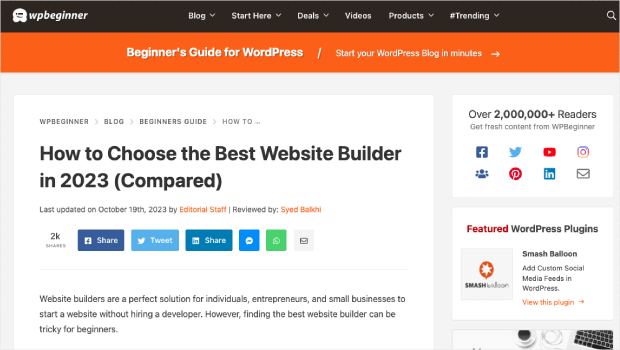

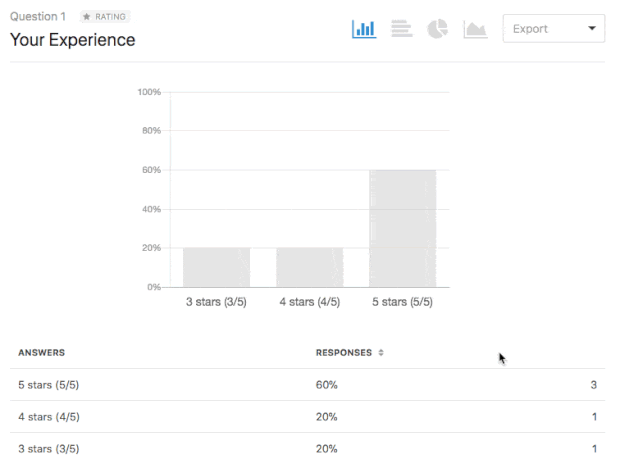
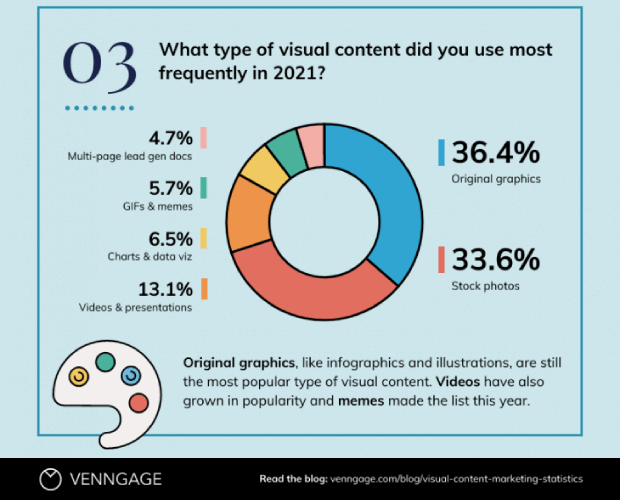
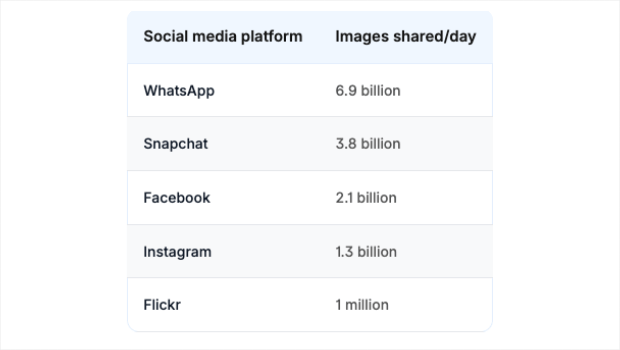
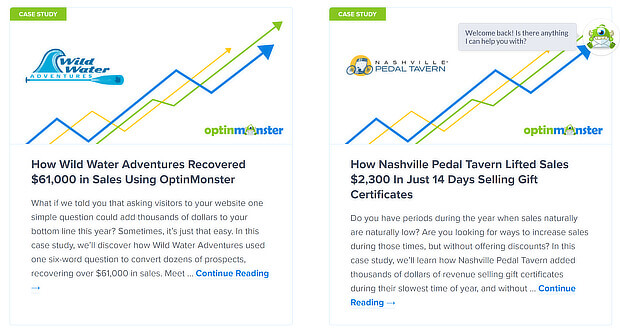
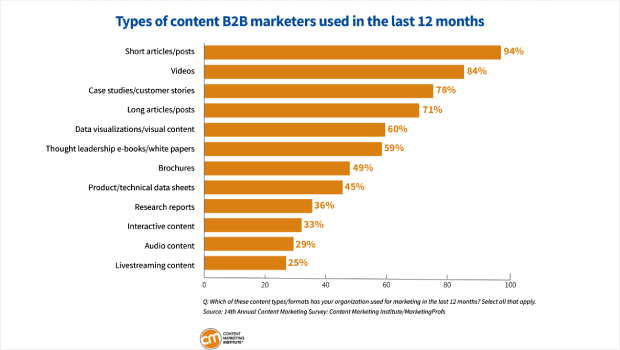
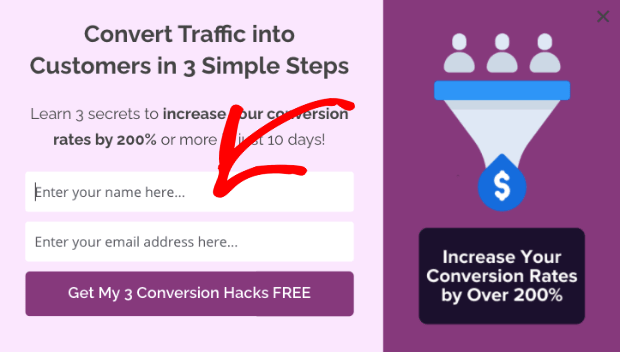
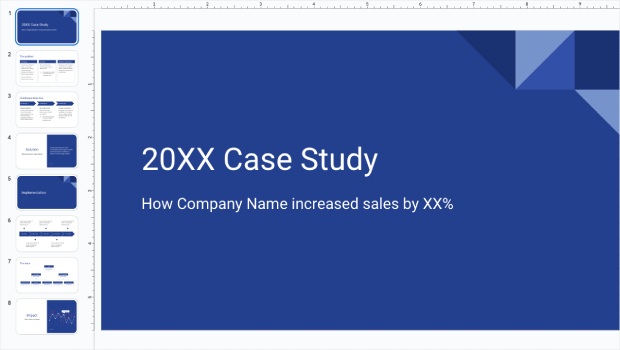

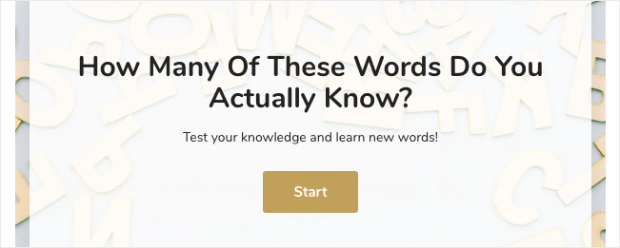
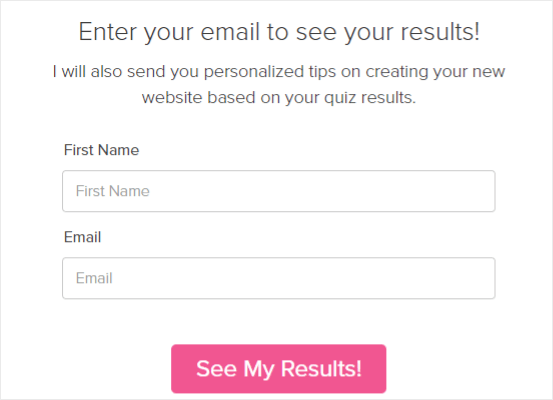
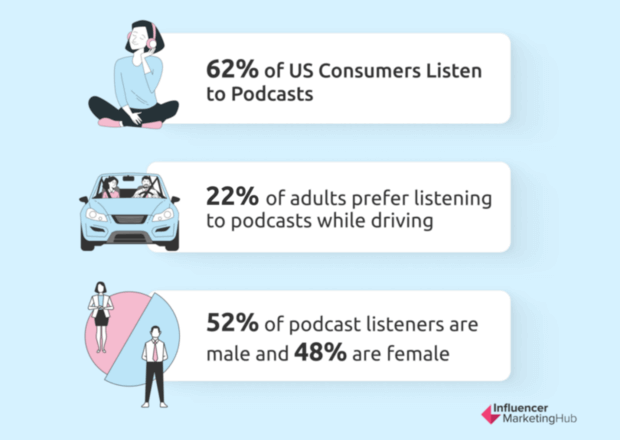
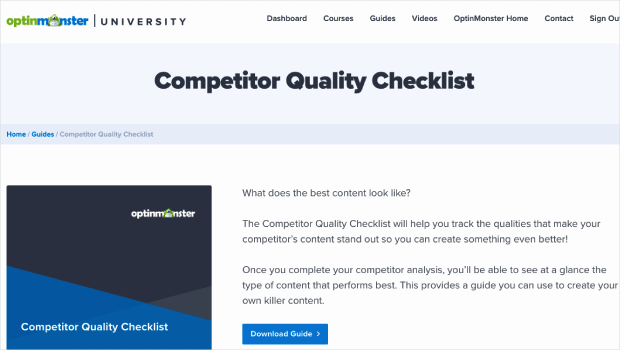
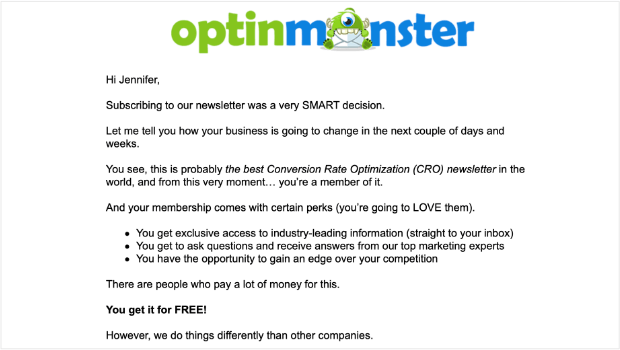










Add a Comment